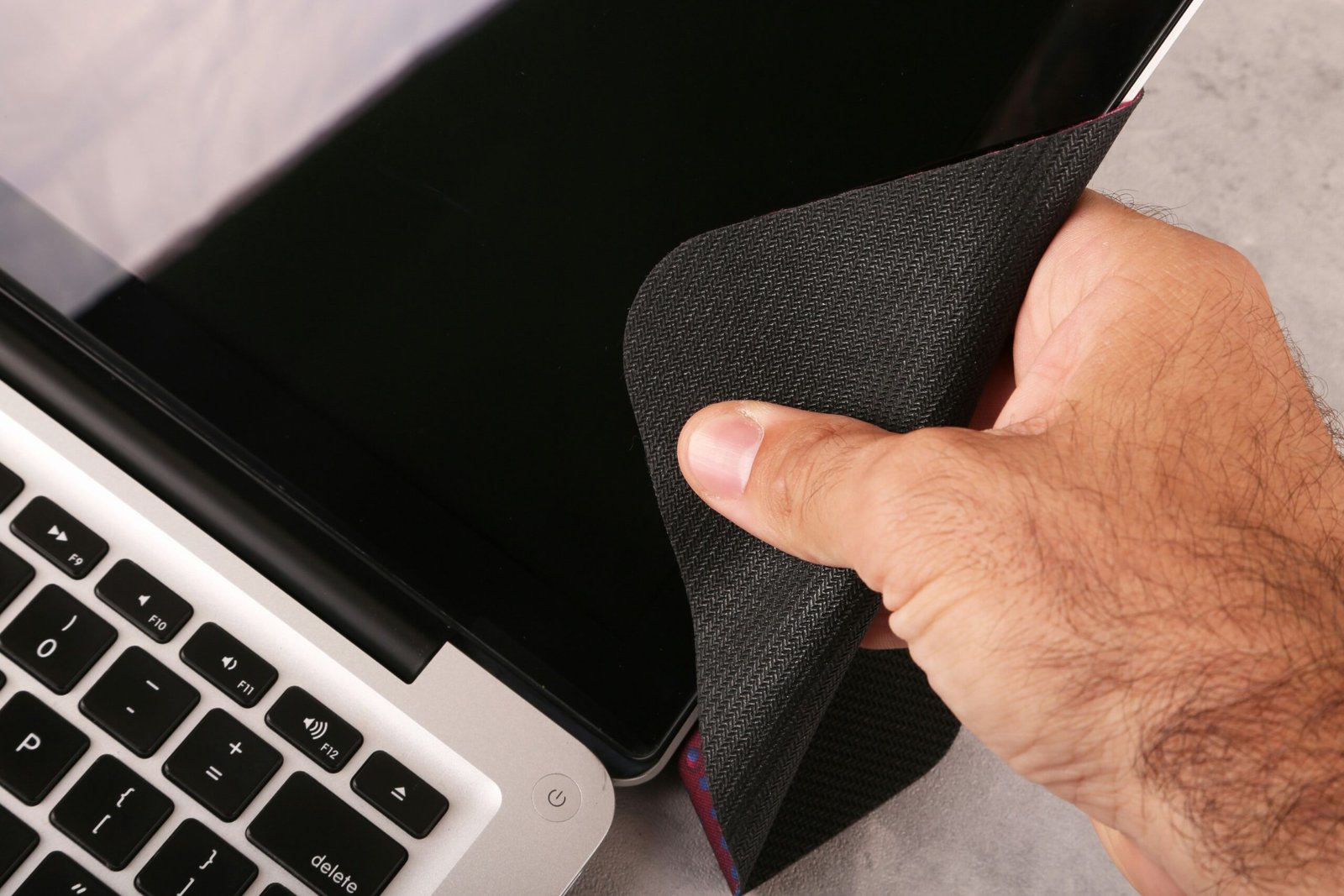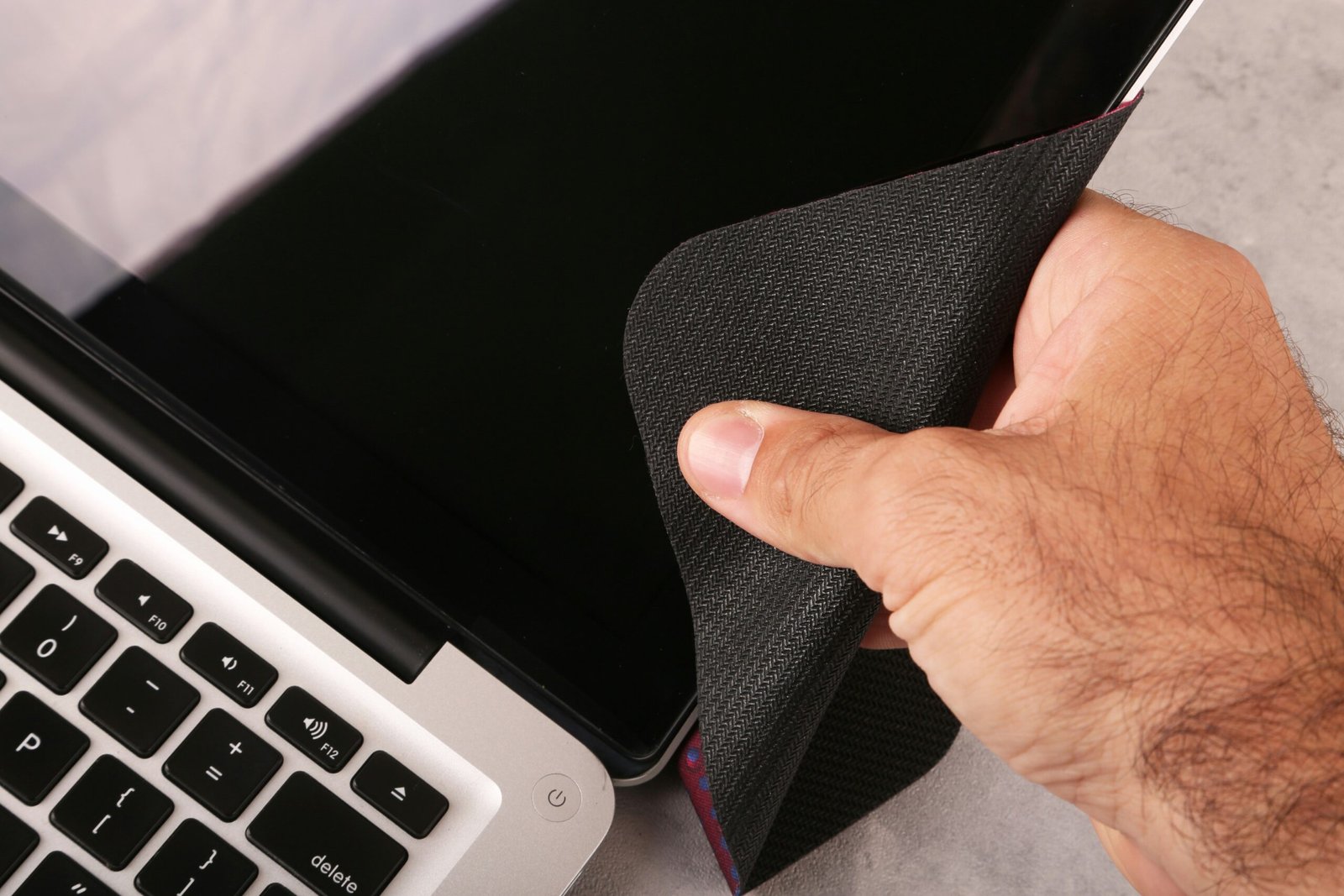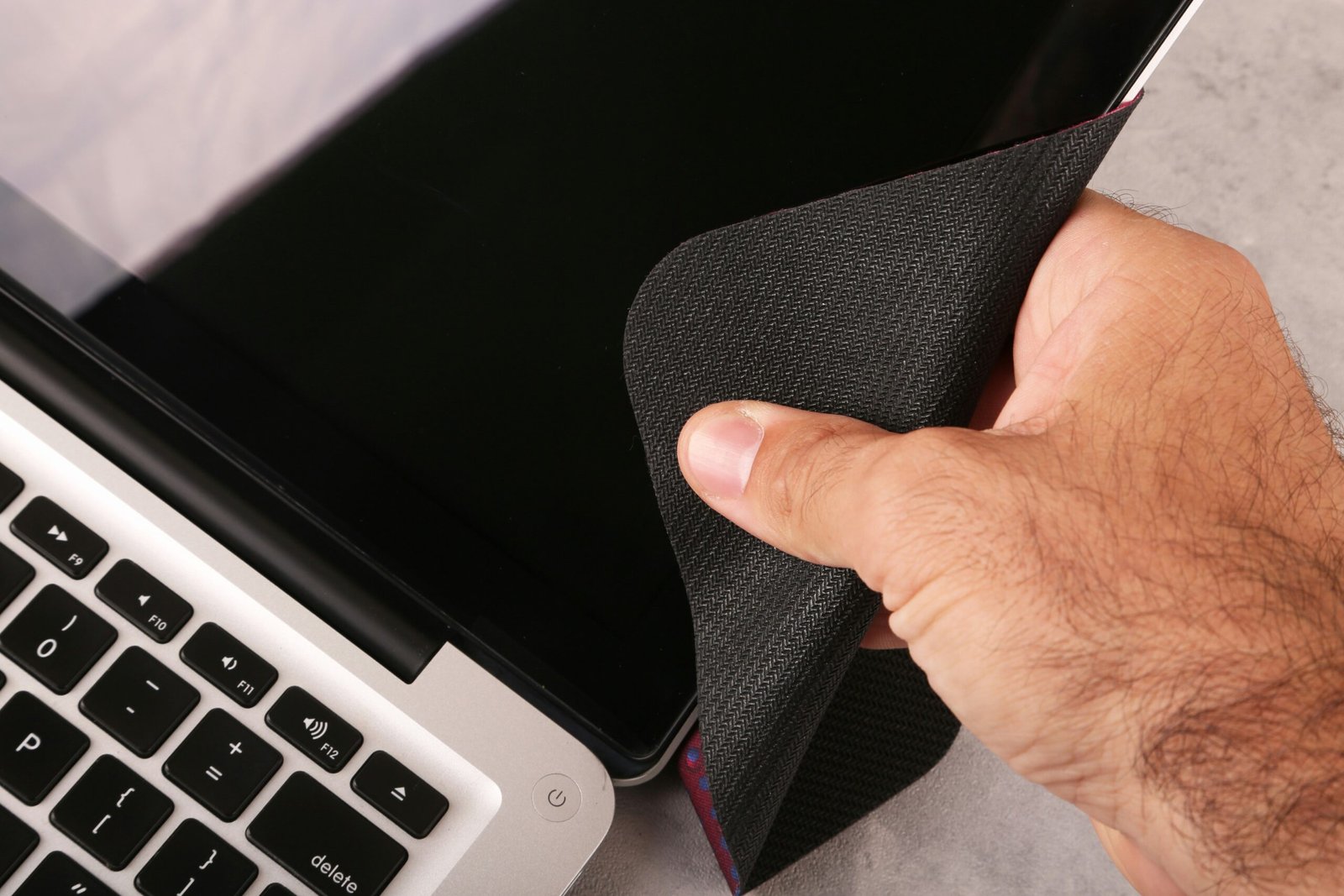Effective Substitutes for Screen Cleaner: Eco-Friendly and Budget-Friendly Options
Introduction to Screen Cleaners and Their Importance
In today’s digital age, screens are an integral part of our daily lives, found on devices such as smartphones, laptops, tablets, and televisions. With frequent use, these screens accumulate dust, fingerprints, and bacteria, which not only diminish their visual clarity but can also affect their overall performance and hygiene. This underscores the critical importance of regular screen cleaning to maintain both functionality and aesthetic appeal.
Commercial screen cleaners are specifically formulated to tackle these challenges, promising to keep screens clean and clear. They often feature chemical compositions that claim to effectively remove smudges and germs without causing damage to the delicate surface of electronic displays. However, the convenience of these commercial solutions comes at a cost, both environmental and financial. Many commercial cleaners contain harmful chemicals that can be detrimental to the environment and might pose health risks if not handled properly. Additionally, the recurring expense of purchasing these specialized products can add up over time, making them a less economical choice for many consumers.
Given the dual concerns of environmental impact and budgetary constraints, exploring effective substitutes for screen cleaners becomes a compelling proposition. Not only can alternative solutions alleviate the financial burden, but they can also offer a greener approach to maintaining screen cleanliness. The subsequent sections of this blog will delve into various eco-friendly and budget-friendly options that serve as viable substitutes for traditional screen cleaners. From common household items to innovative DIY concoctions, these alternatives promise to deliver the same level of cleanliness and protection for your screens, ensuring that they continue to function optimally and look their best.
Common Household Substitutes for Commercial Screen Cleaners
Caring for your screens doesn’t have to necessitate the purchase of specialized products. Many household items can serve as effective substitutes for commercial screen cleaners, offering both eco-friendly and budget-friendly solutions. Among these, diluted white vinegar, distilled water, and isopropyl alcohol stand out for their efficiency and safety when used correctly.
White Vinegar and Distilled Water: A prevalent substitute for commercial cleaners is a mixture of white vinegar and distilled water. Vinegar is a natural disinfectant, while distilled water’s lack of minerals prevents streaks and residue. To prepare this solution, mix equal parts of white vinegar and distilled water in a spray bottle. Lightly mist a microfiber cloth with the solution and gently wipe your screen. Be cautious to avoid spraying the screen directly, as excess moisture can seep into the device’s edges and cause internal damage.
Distilled Water: Sometimes, simplicity reigns supreme. Distilled water alone is a highly effective cleaning agent for screens, especially those with just dust and light smudges. The absence of minerals and impurities ensures that no residue is left behind. Simply dampen a microfiber cloth with distilled water and lightly wipe the screen. This method is particularly beneficial for screens with sensitive coatings, providing a gentle yet effective clean.
Isopropyl Alcohol: For a more potent cleaning solution, isopropyl alcohol can be used. A 70% isopropyl alcohol solution mixed with distilled water (in a 1:1 ratio) is ideal. Isopropyl alcohol is excellent for removing grease and fingerprints without damaging screens. As always, apply the solution to a microfiber cloth rather than directly on the screen to ensure safety. Take caution with higher concentrations of alcohol, as they may strip anti-glare coatings.
When opting for these household substitutes, it’s crucial to avoid harsh chemicals such as ammonia or acetone, which can erode screen coatings and damage the display. Employing gentle, natural cleaning agents not only maintains the integrity of your screens but also contributes to a more sustainable cleaning routine.
DIY Screen Cleaner Recipes and Methods
Creating your own screen cleaner at home can be both an eco-friendly and budget-conscious decision. By using common household ingredients, you can craft effective solutions that not only clean your screens but also reduce the use of harsh chemicals. Here are some simple, step-by-step recipes and methods to help you get started:
Recipe 1: White Vinegar and Distilled Water
One of the most popular DIY screen cleaners uses white vinegar and distilled water. To make this solution, combine equal parts of white vinegar and distilled water. For instance, mix 1 cup of distilled water with 1 cup of white vinegar in a spray bottle. Shake well to ensure the ingredients are thoroughly blended. This mixture is effective for cleaning screens as vinegar helps to break down grime and grease, while distilled water ensures there are no impurities that could leave streaks on your screen.
Recipe 2: Isopropyl Alcohol and Distilled Water
Another effective solution can be made using isopropyl alcohol and distilled water. Mix 1 part isopropyl alcohol (70% concentration) with 1 part distilled water. For example, combine 1/2 cup of isopropyl alcohol with 1/2 cup of distilled water in a spray bottle. Shake the bottle well before each use to keep the mixture well-blended. Isopropyl alcohol not only cleans but also sanitizes your screen, making it a great choice for regular maintenance.
Microfiber Cloth Usage and Maintenance
For the best results, use a microfiber cloth in conjunction with your homemade screen cleaner. Microfiber cloths are designed to attract and hold dust and dirt without scratching surfaces. When applying your cleaning solution, lightly mist the cloth rather than spraying directly onto the screen to avoid excess liquid seeping into your device. Gently wipe the screen in circular motions to remove fingerprints and smudges effectively.
To maintain the effectiveness of your microfiber cloth, wash it regularly in warm water without fabric softeners, as they can reduce its ability to attract dust. Air-dry or tumble-dry on low heat.
By crafting your own screen cleaning solutions and using microfiber cloths, you can achieve a cleaner, clearer screen in an eco-friendly and cost-effective manner.
Eco-Friendly and Budget-Friendly Benefits of DIY Screen Cleaners
Opting for DIY screen cleaners offers a multitude of eco-friendly and budget-friendly advantages. First and foremost, the environmental impact of DIY cleaners is significantly reduced. Commercial screen cleaners often come in plastic bottles which contribute to the overwhelming problem of plastic waste. By creating your own cleaning solutions, you can use reusable containers, thereby minimizing waste. Furthermore, commercial products frequently contain chemicals that can be harmful to both the environment and human health. DIY solutions, on the other hand, typically utilize simple, non-toxic ingredients such as distilled water, white vinegar, and isopropyl alcohol. This shift not only safeguards the planet but also ensures a safer environment within our homes.
In addition to the environmental benefits, making your own screen cleaner can substantially reduce costs. Commercial screen cleaning products can be expensive, especially those branded as high-quality or “specialized” solutions. Conversely, DIY cleaners are made from affordable household items, resulting in a significant cost reduction. Ingredients like water, vinegar, and alcohol are not only economical but also multi-purpose, allowing you to utilize them for various other cleaning tasks around the home.
Scientific findings and expert opinions also underline the efficacy and safety of these DIY solutions. Studies have shown that simple mixtures of distilled water and white vinegar are not only effective cleaners but also safe for various screen surfaces when used in appropriate proportions. This endorsement by scientific research adds credibility to the utility of DIY screen cleaners.
Personal testimonies further bolster the case for DIY cleaners. Many users report satisfaction not only because of the cost savings but also due to the effectiveness and safety of their homemade solutions. These personal experiences reflect a growing trend towards more sustainable and economical living practices.
In conclusion, the advantages of switching to DIY screen cleaners are compelling. By choosing eco-friendly and budget-friendly options, individuals can contribute to environmental preservation, reduce household expenses, and ensure the safety and efficacy of their cleaning supplies. The adoption of DIY screen cleaners is a beneficial choice both financially and environmentally.




